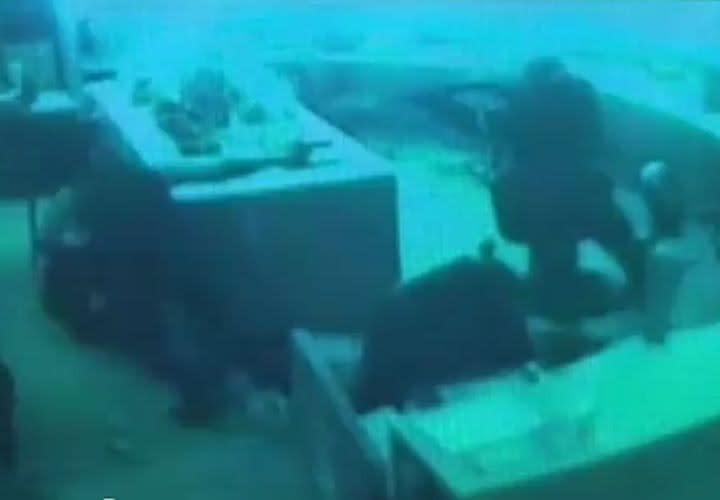Let's begin with the one place most of us consider reasonably safe and secure: our police stations. The reality is there are still too many police stations without adequate security measures, including site hardening. Police are attacked in or near police stations. Fortunately, not very often, but often enough to rattle us.
In addition to attacks in or near police facilities, there are what I call "close-call scares." One example that I know of this involved a SWAT officer alone and unarmed in the SWAT office in his gym clothes about to go workout when three outlaw bikers walked in through an unlocked door inquiring about the location of their confiscated "colors." After several very tense moments, the bikers left without incident. The officer immediately armed himself and locked the door. Since then, the door stays locked 24/7. A simple thing like locking the door could have prevented what could have easily turned into disaster.
Some 40 years ago during the radical era, police stations were frequently targeted. One San Francisco substation was attacked by armed militants, who killed a sergeant by firing a shotgun through the portal of the bullet-resistant glass partition. It wasn't until 30-plus years later that a number of Black Panthers were arrested for the murder.
In the same era, the suburban Shaker Heights, Ohio, police station was destroyed by a bomb that detonated prematurely while the suspect was planting it. The bomber harbored a grudge toward SHPD and walked into the station unchallenged. It's believed his bomb was accidentally triggered when a dispatcher keyed the mike. Today, the best description for the "new" SHPD station: fortress.
In the 1980s, police officers were killed inside a Washington, D.C., police station, by a criminal who managed to obtain a gun.












